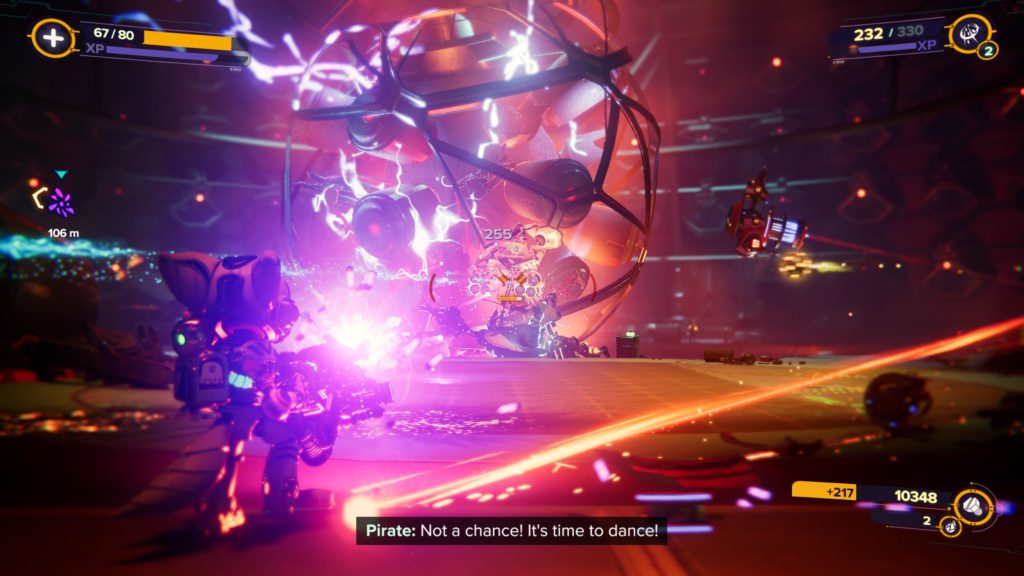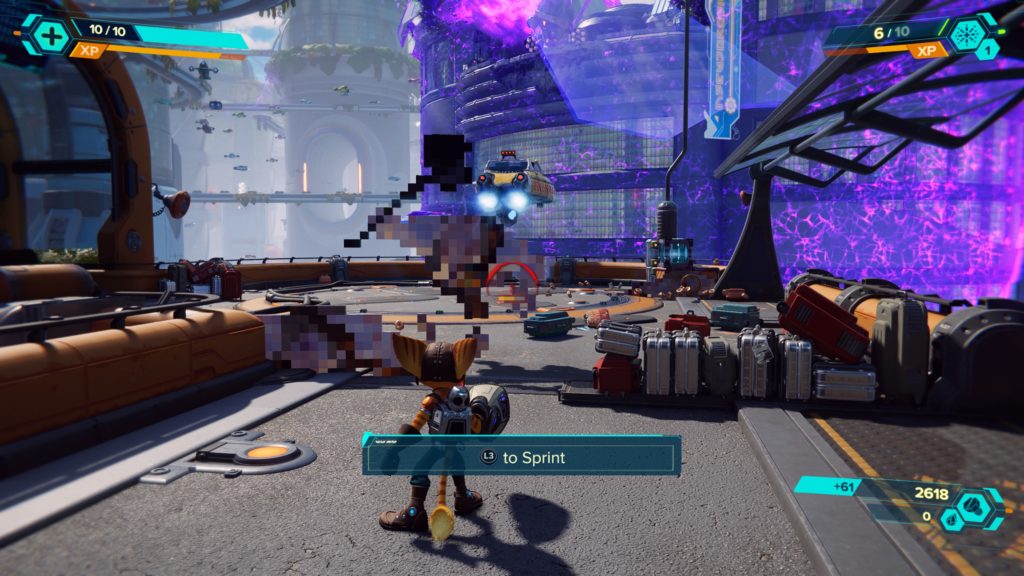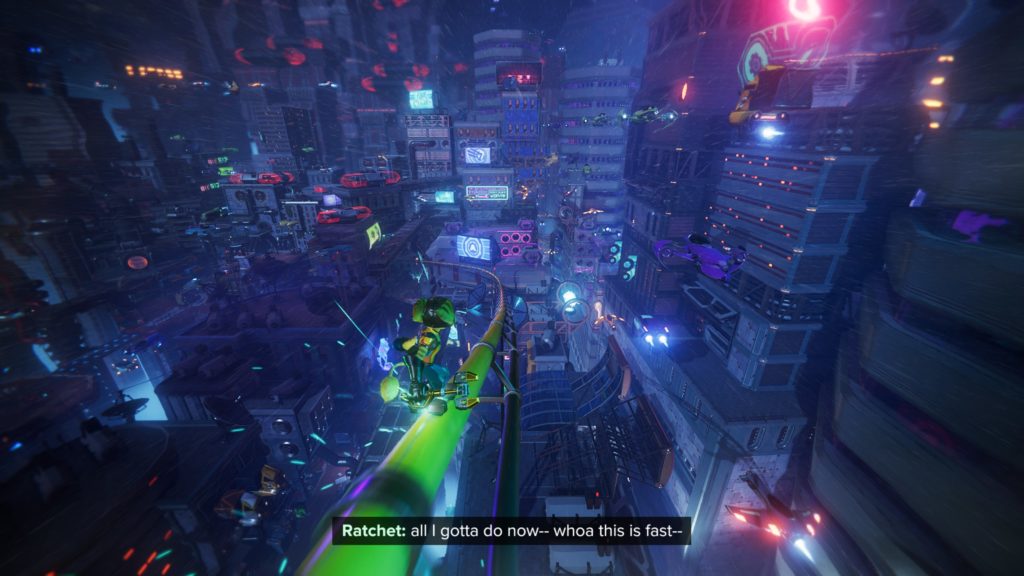More Info from Thunder Lotus Games
- Genre: Platformer
- Platform: PS4
- Also Available On: Windows, macOS, Linux, Switch, Xbox One, Stadia
I put platformer there, but this game is really a lot more than that. It’s sort of a platformer. It’s sort of a management sim. It’s sort of an adventure game. It’s sort of a visual novel. It takes a lot of pieces to scratch a lot of itches all at once. But beyond that it’s just a spectacularly beautiful game, both visually and narratively. It’s one of the few games in recent memory I’d recommend just for experiencing the story itself.
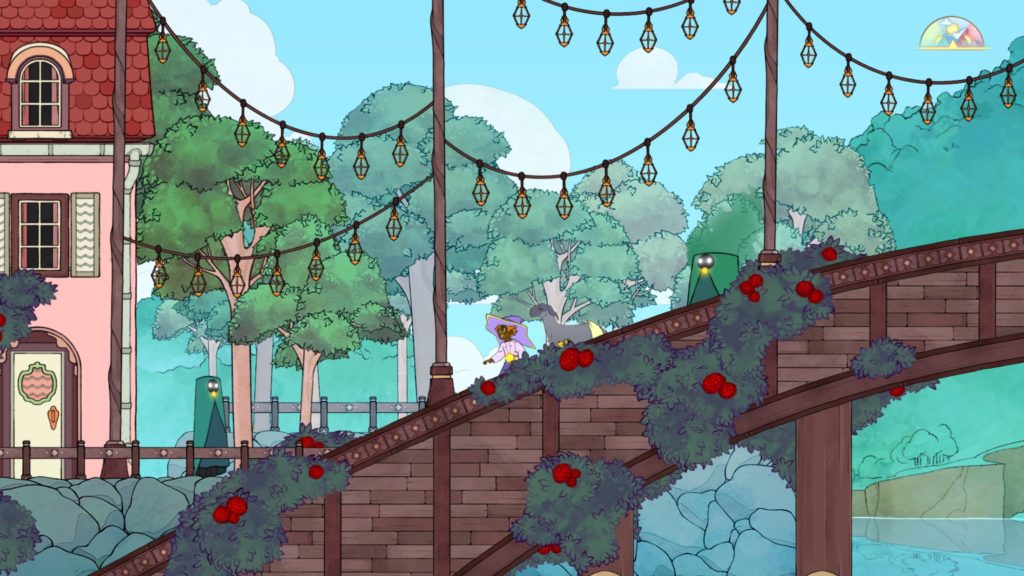
Everyone will probably be initially caught by the visuals of this game, and that’s a pretty obvious positive. This is the same team that did Jotun and Sundered, and it shows. Visually speaking, the game is astoundingly beautiful. However, it’s not the only thing that really hits well on the presentation side. The game’s soundtrack and overall audio are all really good as well. It’s nothing in your face loud, but it really fits the game well. There’s a lot of subtle sort of ambient music in the background – enough to fit the theme of the areas you’re in or the events that are being started, and it all leads you to pretty easily know what’s going on at all times.
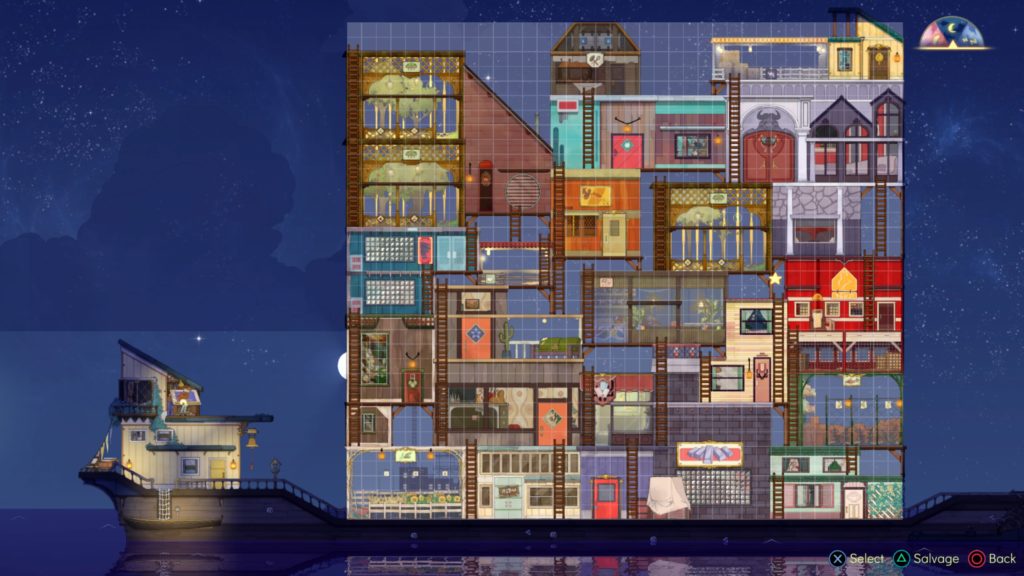
The gameplay side is probably the weaker section, but it’s still solid. Ultimately I think the weakness comes from it trying to blend too many genres at once. You’ve got a bit of a management sim at play here. You’ll be constantly growing vegetables and tending your fields and manufacturing linens and ore and metal plates and etc etc etc. You’re also putting all these resources into building the boat and upgrading buildings on it, both for you and the spirits on the boat. There’s a bit of an adventure RPG here. You’ll be going through lists of collection quests to help move your spirits to the afterlife. There’s a bit of a platformer here. Each individual island you sale to has its own platforming challenges, and you’ll pick up some powerups along the way (ex: double jump, ziplines, etc) to help you through those.
In being so many genres, none of them can truly stand out. The collection aspect is a bit of a grind, and you’re constantly spending time while you’re sailing growing or manufacturing or fishing to get resources and money. The quests are repetitive and mostly involve sailing back and forth to new locations. The platforming is fine, but the individual islands are so small that it never truly becomes a large scale platformer. Ultimately it’s a bunch of systems that are in place to support the narrative, and not necessarily systems that feel like they were fully fleshed out into a good set of gameplay mechanics.
I’m putting this next section in spoilers because I specifically want to talk about the story and don’t want to ruin it for those that still want to play the game for themselves.
JFC this first one destroyed me. I dunno how I'm making it through this game. pic.twitter.com/l8A8UOS9NK
— Dan Weiss (@schenksmill) August 25, 2021
However, the story made this worth the effort for me. The game is ostensibly the story of a person ferrying the souls of the dead on their final trip to the afterlife, however it becomes much more than that. As you meet and transport individual souls, you start to recognize the signs that the souls you’re transporting know the main character Stella. You start to recognize that who you’re transporting are souls of people that you know that are already dead. It then dawns on you that the reason you are transporting them is because Stella herself is dying, and you’re revisiting her life. The details surrounding Stella being a nurse for terminally ill patients slowly trickles to the front in a wonderful way.
Turning the idea of a life flashing before one’s eyes at their end of their life into something like this was an absolute triumph. You live Stella’s life through the eyes of those she helped at the end of their own life. The impact of helping these spirits and then bringing them to their final trip to the afterlife is emotionally affecting in a way that very few games manage. For some characters you end up incredibly sad that their life potentially ended on a bad note. For some, you’re glad to be rid of an asshole that did nothing but bring negativity to those around them. For some, you’re given the pain of seeing a good friend leave. Each spirit’s end is unique to a point where I was constantly fighting the pain of seeing them leave from the wish to help them get there. The culmination of all of this – seeing the story of Stella herself and how the various spirits intersected with her in life – was a great way to bring everything full circle, and ended the game’s narrative in a perfect fashion for me. All the questions were answered and I was left in a place where, despite knowing that Stella’s life was ending, I was happy for her having lived such a life of great purpose, and one that she clearly believed in.
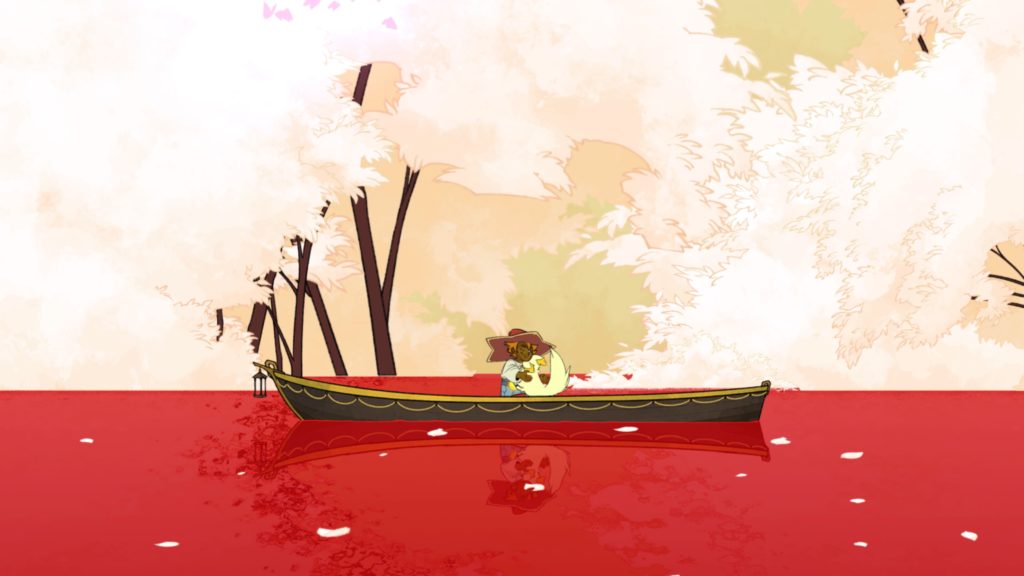
It’s pretty rare that I recommend playing a game just because of story, but this is definitely one of those. The gameplay itself is fine, the presentation aspects are wonderful, but the story itself is why I kept playing. It’s definitely not a feel-good narrative, but the emotional impact of it is at a level that is rarely seen in videogames, and within recent memory can’t be duplicated for me. It ends up being an incredibly unique look at death and how it affects those around it that I cannot recommend it enough. If the gameplay doesn’t really feel like your thing, at least do yourself a favor and watch a narrative pass on Youtube, but I think it’d be a disservice to not experience it yourself.


